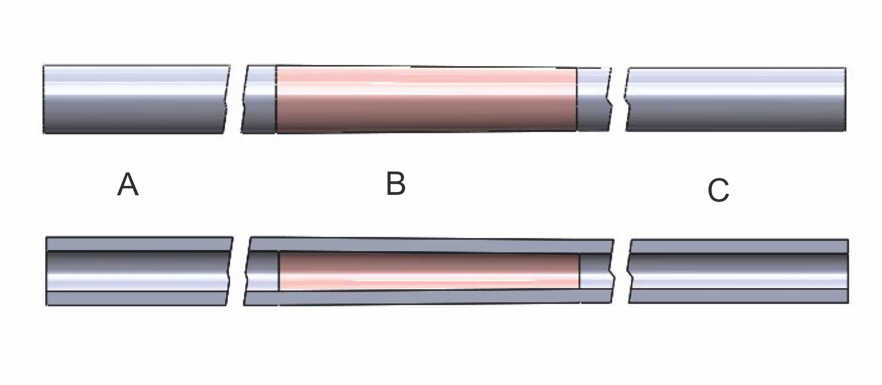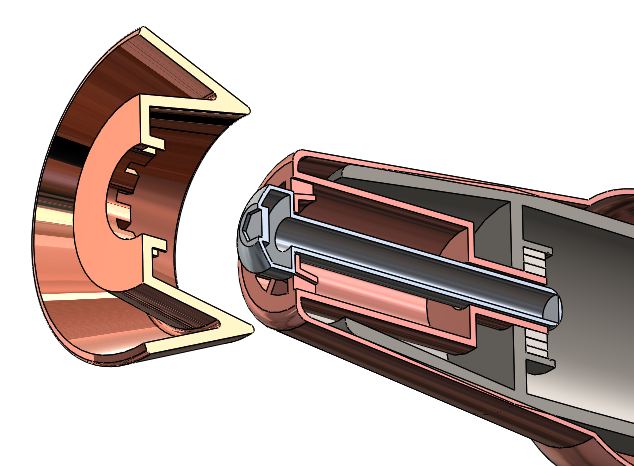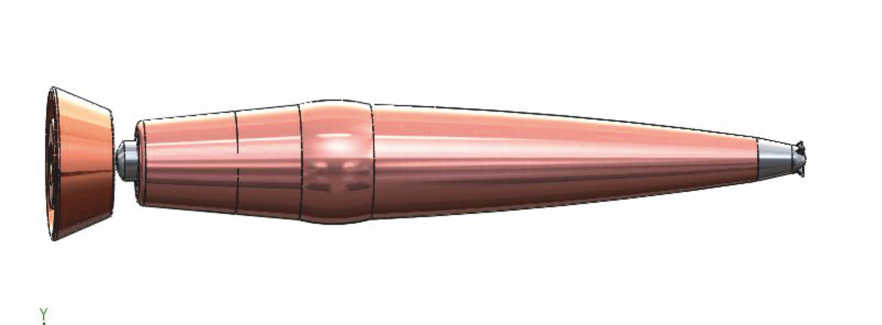Аннотация:
The self-propelled 155 mm howitzer-cannon is designed to provide work and cover for the impact tactical group during an attack and on the march. Its task is to destroying enemy artillery and tanks on distance up to 50 km, which are detected by air reconnaissance vehicles of the impact tactical group, which are capable of counteracting to the fulfillment of the tasks assigned to it and to cover it with shrapnel shots from air attacks at a slant range of up to 10 km as by aircraft and as by planning bombs.
|











